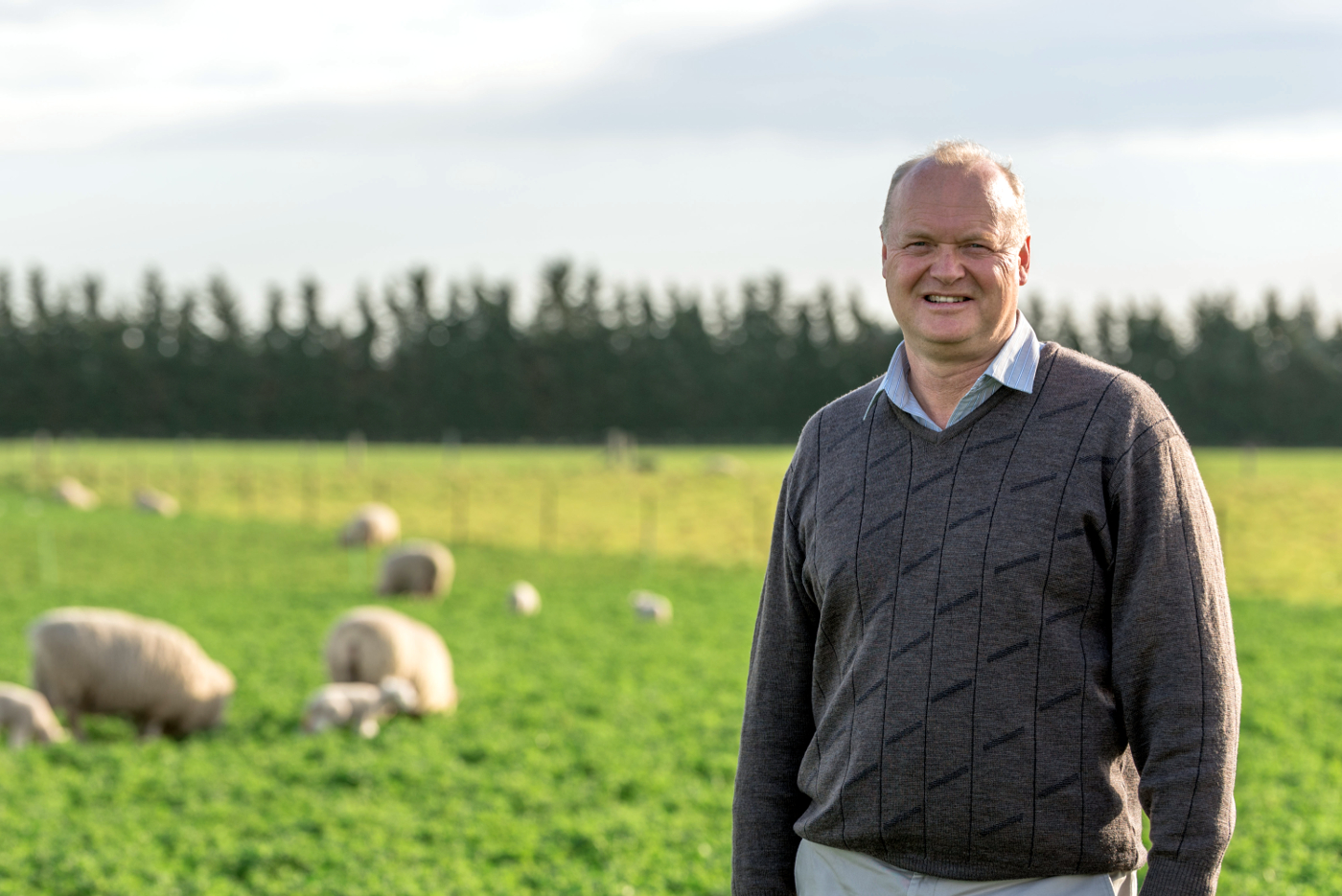
Staff profile:
https://researchers.lincoln.ac.nz/derrick.moot
Position:
Professor of Plant Science – Department of Agricultural Sciences, Agriculture & Life Sciences Faculty, Lincoln University, Canterbury, New Zealand.
Email: Derrick.Moot@lincoln.ac.nz
Work phone: (+64) 03 423 0705
I lead the Dryland Pastures Research Group.
We investigate how legume-based pastures can enhance water and nitrogen use efficiency to combat climate change and variability in dryland regions. We add resilience to farming systems in summer dry and drought-prone regions of NZ by examining how the environment influences the growth and development of many agricultural plants. We investigate the mechanisms of annual and perennial plants at the crop/pasture scale because we believe “excellent agricultural science only happens in the field.” Our aim is to develop animal grazing and farm systems that integrate our applied science on-farm. Our research on lucerne has transformed landscapes and farming practices from Central Otago to Hawkes Bay, saved farmers’ lives and lessened the effects of drought. We have also worked on strategies with plants, technology and rhizobia to overcome high aluminium soils in the South Island High Country. Internationally, our work has transformed lucerne production and use in in Patagonia, Argentina, Chile, Victoria and New South Wales. Our research and its impact have been recognized through awards from Beef+LambNZ, the NZ Grassland Association and the NZIAHS.
Key publications
- Moot DJ, Black AD, Lyons EM, Egan LM, Hofmann RW. 2021. Pasture resilience reflects differences in root and shoot responses to defoliation, and water and nitrogen deficits. Resilient Pastures – Grassland Research and Practice Series 17: 331-340.
- Moot DJ, Anderson PVA, Anderson LJ; Anderson DK. 2019a. Animal performance changes over 11 years after implementing a lucerne grazing system on Bog Roy Station. Journal of New Zealand Grasslands 81: 75-80.
A complete list of our scientific papers can be found here. PDFs of the conference presentations associated with these two key publications are available via the Field Days and Extension Publications page.
